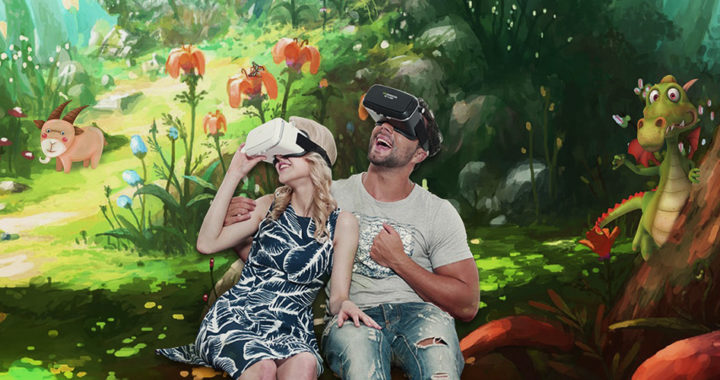Virtual reality or VR provides a particular user with interactive computer-generated perceptual information and experience. It draws its user into an artificially produced virtual or simulated environment. This lets him or her experience computer-generated perceptual information. The perceptual information and corresponding sensory experience are different across the different types and methods of virtual reality systems.
Types and Methods of Virtual Reality Systems
1. Simulation-Based System
A simulation-based virtual reality system is considered both a type of virtual reality system and a method for realizing virtual reality. It involves projecting a computer-generated simulation or approximate imitation of a real-world environment or situations and phenomena.
One of the common applications of simulation-based VR systems is in learning. More specific examples are driving simulators or flight simulators that draw drivers or pilots into simulated environments that give an actual impression of driving a car or flying a plane.
2. Avatar Image-Based System
Take note that an avatar is a graphical representation of a person. An avatar image-based system is another type of virtual reality systems. It enables a particular user to generate his or her own graphical representation and interact with the advantages of other users.
An avatar image-based system uses visual feedback as the main sensory feedback. Applications generally center on incorporation with other types and methods of virtual reality systems. These include placing avatars in a simulation-based virtual environment.
3. Projector-Based Virtual Reality
A projector-based or projection-based virtual reality system provides a more immersive virtual experience that draws users into a simulated environment modeled after a real environment. The simulated environment looks realistic or closer to the real world.
There are similarities and several overlaps between simulation-based virtual reality systems and projector-based reality systems in terms of characteristics and applications. The main purpose of the latter is to draw users into a realistic-looking albeit virtual environment.
4. Desktop-Based System
A desktop-based is also both a type of virtual reality system and a method for realizing virtual reality. It involves displaying a three-dimensional virtual world on a display device such as a desktop monitor or a handheld device like a smartphone or tablet.
The differentiating feature of this system is that it focuses on providing computer-generated visual perception. It does not use other sensory input components such as specialized positional tracking equipment. The common examples are first-person video games.
5. Head-Mounted Display
A specific method for realizing virtual reality involves the use of a head-mounted display to transport users into an enclosed three-dimensional virtual world. The device can be equipped with gesture or position trackers, haptic feedback, and audio inputs.
It can also be used to implement specific types of virtual reality systems or as part of other systems. A driving simulator or a simulated real-world environment can include the use of a head-mounted display as the main input and output device.
Other Types and Methods of Virtual Reality Systems
Some have argued that augmented reality or AR and mixed reality or MR are specific forms or types of virtual reality systems because of the simplest reason that both involve providing users with interactive computer-generated perceptual information and experience.
There are those who argue for maintaining the difference among the three to avoid lexical confusion. AR supplements the real world with computer-generated perceptual information. MR merges the real world and virtual world to produce new environments
Some have also noted that the cyberspace should also be considered a type of virtual reality system because it is a computer-generated environment with an alternative reality where digital communications and interaction among users over computer networks transpire.
The metaverse is a specific application that combines different systems. A particular metaverse platform might include simulation-based system and avatar image-based system. It might also require the use of a head-mounted display for a more immersive experience.
